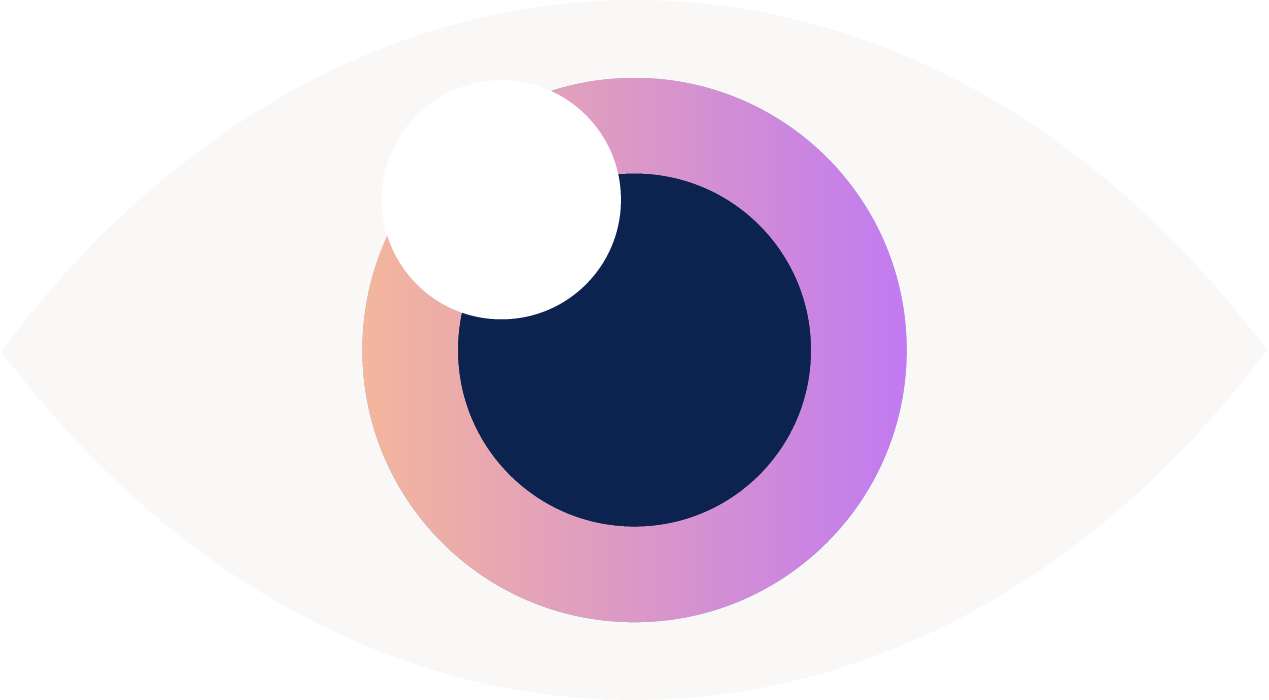Why Are So Many Kids Nearsighted Now And Why Should We Care?
Listen On
If you’ve ever found yourself at a potluck or a kids’ sporting event chatting with other parents, you may have noticed how many children are now wearing glasses. As a pediatric ophthalmologist in Hawaii, I hear it all the time:
“Jimmy just got diagnosed with nearsightedness. But I didn’t need glasses until I was 13—he’s only 10! Why are so many kids nearsighted these days?”
It’s a great question. And it’s not just a feeling. The truth is: there really is more nearsightedness (myopia) in kids today than ever before.
But why? And more importantly—why should we care? After all, isn’t it something glasses or contacts can fix?
Let’s break it down.
The Rise in Nearsightedness
Decades of research tell us this isn’t just anecdotal. In the U.S., nearsightedness has jumped by 66% in the last 30 years. A study published in JAMA found that between the 1970s and early 2000s, rates of myopia increased from 25% to 42% in people ages 12–54.
In East Asia, the numbers are even more staggering: in cities like Hong Kong, Taiwan, and Singapore, up to 90% of high school graduates are nearsighted.
Clearly, something is happening across the globe. And it’s not just genetics—we don’t see genes change this dramatically in a single generation. It’s environmental.
The Pandemic Effect
One of the clearest examples of environment shaping vision was the COVID-19 pandemic.
Kids spent more time indoors, more time on screens, and less time outdoors. In Hong Kong, researchers tracked students over a 12-month period of school closures. They found:
Higher rates of new cases of myopia
Faster progression of existing myopia
Increased eye length (a marker of long-term risk)
And here’s the kicker: once those changes happened, they didn’t reverse when kids returned to school. The indoor, screen-heavy habits stuck.
Why It Matters: Beyond Glasses
It’s easy to think: Glasses fix blurry vision—what’s the problem?
But myopia isn’t just about needing glasses. It changes the shape of the eye, elongating it, and that stretching raises the risk of serious eye diseases later in life, including:
Cataracts (earlier and more complicated surgeries)
Glaucoma
Retinal detachment (which can cause sudden vision loss)
Myopic maculopathy (a leading cause of blindness)
And these risks go up with every step of worsening myopia. For example:
Each 1 diopter increase in myopia raises the risk of glaucoma by 20%
A child with high myopia (–6 or worse) has a 20x higher risk of retinal detachment
Even mild myopia (–1 or –2) carries a measurable increase in risk for cataracts and macular degeneration
LASIK, contacts, or glasses correct the blur—but they don’t undo these long-term risks.
The “Fast Progressors”
Doctors today are seeing more “fast progressors”—kids whose myopia worsens more than 1 diopter per year. These kids are often:
Diagnosed before age 9
Spending more time on near work (homework, reading, devices)
Spending less time outdoors
Using screens at close distances
And research shows: the earlier myopia starts, the more likely it is to progress to high myopia. That’s why early detection and intervention matter.
What Parents Can Do
The good news? There are proven ways to slow down myopia progression. Here’s what you can start doing today:
1. Prioritize Outdoor Time
Studies consistently show that 1–2 hours outdoors daily protects against myopia development. It doesn’t have to be sports—just being in natural light helps.
2. Monitor Near Work and Screens
Encourage the 20-20-20 rule: every 20 minutes, look 20 feet away for 20 seconds.
Teach kids to hold devices at least 12 inches away. iPads and iPhones even have built-in distance alerts.
Collaborate with your child to set reasonable screen-time agreements (instead of top-down restrictions, which often lead to battles).
3. Schedule Vision Screenings
Kids ages 3–5 should have a vision check (by a pediatrician, school, or ophthalmologist).
If there’s a family history of eye issues—like lazy eye, early glasses, or eye surgery—ask for a comprehensive exam earlier.
4. Ask About Myopia Control Treatments
If your child is diagnosed with myopia before age 9, ask your doctor about:
Low-dose atropine eye drops
Specialty contact lenses (MiSight, multifocal, or orthokeratology in some cases)
Myopia-control glasses (currently available outside the U.S.)
These treatments don’t reverse myopia, but they can slow its progression, protecting long-term vision health.
The Bottom Line
Nearsightedness is more than just an inconvenience. It’s not only about social adjustment, or the hassle of new glasses every year. It’s a medical condition that increases the risk of vision-threatening diseases later in life.
The earlier it starts, the faster it progresses—and the greater the risks. But with awareness, lifestyle changes, and proactive treatments, we can make a big difference.
Because protecting your child’s eyes today isn’t just about seeing clearly—it’s about protecting their vision for a lifetime.
Want to Learn More?
This is just the beginning. In upcoming episodes, we’ll explore:
-How screen time and digital habits are shaping our kids’ development
–The connection between vision and overall health
–What you need to know about common eye procedures like LASIK and cataract surgery
–Practical ways to advocate for your child’s visual needs
You can subscribe to my podcast, In Focus, anywhere you listen—or follow along on Instagram for updates and tips.
Watch this episode on Youtube right now!
Thanks for reading—and for doing what you can to protect your child’s vision, one step at a time.
– Dr. Rupa Wong
Pediatric Ophthalmologist | Surgeon | Mom of 3
This episode is brought to you by The Pinnacle Podcast Network! Learn more about Pinnacle at learnatpinnacle.com



